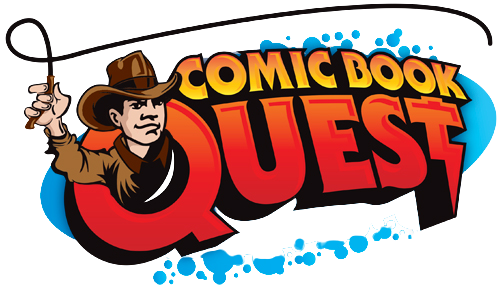
The Art of Storytelling in Comic Books
Share
What is storytelling in comic books?
Storytelling in comic books refers to the way the narrative and characters are presented through the use of illustrations, dialogue, and plot development. It involves the creative arrangement of images and text to convey a compelling and engaging story. Through dynamic visuals and captivating dialogue, comic book storytelling has the power to evoke emotions and immerse readers in the narrative.

Importance of storytelling in comic books
In comic books, storytelling plays a crucial role in captivating readers and conveying the narrative. The way a story is told through the art and dialogue determines how engaging and memorable the comic book becomes. A strong narrative can evoke emotions, convey complex themes, and develop compelling characters, making the comic book experience more immersive and impactful for readers. Effective storytelling can set the tone for the entire comic book and keep readers eagerly turning each page to discover what happens next.
Elements of effective storytelling
Effective storytelling in comic books involves several key elements:
- Character Development: Readers are drawn to well-developed, relatable characters.
- Plot Structure: A clear beginning, middle, and end helps to engage and captivate the reader.
- Visual storytelling: The use of visuals such as panel layouts, colors, and art style contributes to the overall narrative.
- Dialogue and Narration: Engaging and authentic dialogue enhances the reader's connection to the story.
-
Emotional Impact: Successful stories evoke emotion and create a lasting impression on the reader.
Understanding and utilizing these elements is crucial in creating impactful and memorable comic book storytelling.
Role of characters in storytelling
Characters in comic books play a crucial role in storytelling. They are the driving force behind the plot and engage readers by bringing the narrative to life. The depth and development of characters help in creating an immersive and relatable experience for the audience. Each character's unique traits, backstory, and interactions with others contribute to the dynamic and compelling nature of comic book storytelling.
Visual storytelling techniques
Comic books utilize various visual storytelling techniques to effectively convey the narrative. Through the use of bold and dynamic illustrations, speech bubbles, and panel arrangements, comic book artists bring the story to life in a visually captivating manner. The composition and juxtaposition of images and text, as well as the use of different art styles, contribute to the overall impact of the storytelling. Moreover, the use of visual cues and symbolism enhances the reader's understanding and emotional connection to the story.
Use of pacing and panel layouts
Good pacing and panel layouts in comic books are essential for creating an engaging and immersive reading experience.
- Proper pacing helps to build tension, create dramatic effect, and control the flow of the story.
- Strategic panel layouts can influence the reader's emotional responses and guide the visual storytelling.
- By carefully orchestrating the rhythm and flow of the narrative through pacing and panel arrangements, comic book creators can captivate and enthrall their audience.
Incorporating emotion and tension
Comic book writers can incorporate emotion and tension into their stories by using expressive artwork and impactful dialogue. A well-crafted narrative and dynamic character development are essential for creating emotional depth and maintaining reader engagement. Additionally, strategic pacing and use of dramatic visuals play a crucial role in building tension and suspense throughout the story. By skillfully blending these elements, comic book creators can effectively convey complex emotions and captivate their audience.
Narrative structure in comic books
Comic books use various narrative structures to tell compelling stories. Sequential art is the primary form of storytelling, using a combination of images, dialogue, and narration to convey the plot. These narratives can be linear, nonlinear, or even involve flashbacks to provide depth to the characters and plot. The use of panels and page layout also plays a crucial role in guiding the reader through the story. Additionally, the incorporation of captions and speech bubbles helps to convey the characters' thoughts and dialogue, enriching the storytelling experience.
Impact of storytelling on reader engagement
Comic book storytelling has a significant impact on reader engagement. The way comic book creators weave narratives and plotlines has the power to draw readers into the story, making them feel invested in the characters and the world they inhabit. By effectively using storytelling techniques, such as compelling dialogue, well-paced action, and meaningful character development, comic book writers can create an immersive and captivating experience for readers. This ability to engage and captivate readers through storytelling is a key element in the art of comic book creation.
Conclusion and tips for improving storytelling in comic books
When concluding a comic book story, consider the following tips:
- Ensure that the resolution is satisfying and logical, tying up loose ends
- Establish strong and relatable characters to engage the readers emotionally
- Use a variety of panel layouts and visual storytelling techniques to keep the narrative visually interesting and dynamic
- Don't be afraid to take risks and think outside the box; storytelling in comics allows for creativity and innovation.
